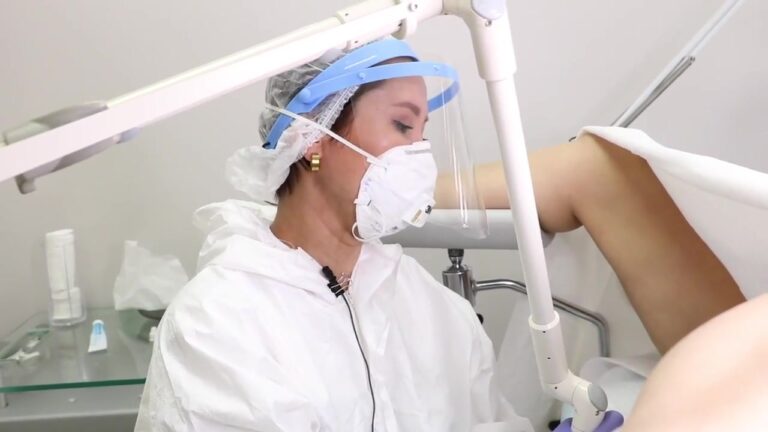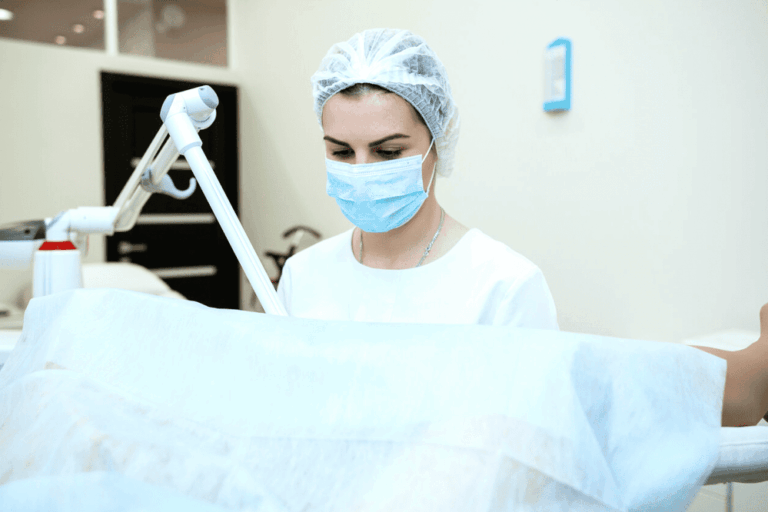
Себорейный кератоз — это доброкачественное образование на коже, которое может напоминать бородавку или родинку. Чаще всего оно появляется у людей среднего и пожилого возраста в виде коричневых, черных или желтоватых бляшек. Хотя себорейный кератоз не опасен для здоровья, он может вызывать дискомфорт или быть эстетически нежелательным.
Что такое лазерное удаление себорейного кератоза?
В клинике Dermacenter в Ташкенте мы используем современный метод лазерного удаления, позволяющий быстро и безболезненно избавиться от себорейных новообразований. Процедура основана на точечном воздействии лазерного луча, который разрушает клетки опухоли, не затрагивая здоровую кожу вокруг.
Преимущества лазерного метода:
✔️ Минимальный травматизм кожи
✔️ Быстрое восстановление — без длительной реабилитации
✔️ Без швов и кровотечений
✔️ Подходит для любых участков тела, включая лицо
✔️ Низкий риск рубцевания при соблюдении рекомендаций врача
Как проходит процедура?
🔹 Консультация с дерматологом: врач осматривает образование и подтверждает диагноз.
🔹 Обработка лазером: длится от нескольких минут до получаса в зависимости от размера образования.
🔹 Уход после процедуры: возможно легкое покраснение, корочка или шелушение, которые проходят в течение нескольких дней. Врач может назначить заживляющие кремы.
🔹 Контрольный осмотр: по необходимости.
Показания к удалению:
- Эстетический дискомфорт
- Трение об одежду
- Увеличение размера или изменение цвета
- Частые травмы новообразования
Почему выбирают Dermacenter?
✅ Опытные дерматологи с практикой лазерных процедур
✅ Современное оборудование и стерильные условия
✅ Индивидуальный подход к каждому пациенту
✅ Уютная атмосфера и высокий уровень сервиса
Не откладывайте заботу о здоровье кожи!
Запишитесь на консультацию в Dermacenter в Ташкенте и получите профессиональную помощь в удалении себорейного кератоза.
📍 Ташкент, клиника Dermacenter
🌐 www.dermacenter.uz
📞 +99899 301-33-30



